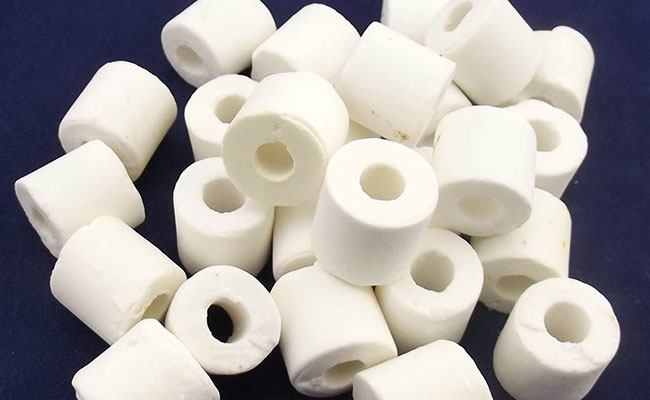Ceramic Biological Uses

Other examples of medical uses for bioceramics are in pacemakers kidney dialysis machines and respirators.
Ceramic biological uses. Joint replacements are commonly coated with bioceramic materials to reduce wear and inflammatory response. In surface reactive ceramics such as hydroxyapatite and certain compositions of silicate glasses and glass ceramics are used the materials attach directly by chemical bonding with the bone bioactive fixation. The modern ceramic materials which are classified as advanced ceramics include silicon carbide and tungsten carbide. Bioactive ceramics are also used as coatings on metallic implants.
Both are valued for their abrasion resistance and hence find use in applications such as the wear plates of crushing equipment in mining operations. Ceramics are now commonly used in the medical fields as dental and bone implants. While we use conducting metals like copper to carry electricity from place to place we have to use ceramics to insulate high voltage electricity in places like power plant generators and transformers.

.jpg)

















